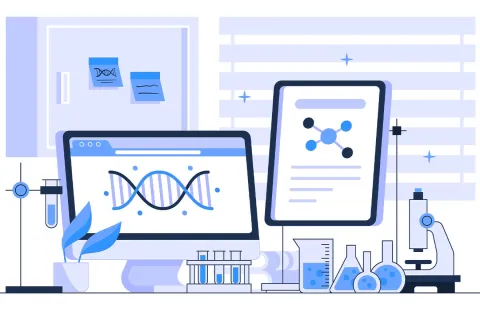
Regulatory writing discipline with its guidelines and regulations is considered complex. In addition, staying ahead of an ever-changing Regulatory environment for generic submissions and approvals is a tedious process.
Authoring high-quality documents and ensuring data accuracy and integrity in every phase of the drug development lifecycle is challenging for a medical writer. Major documents required for generic submissions include non-clinical overview, clinical overview and clinical summary, apart from the bioequivalence study reports required, based on product-specific parameters. In general, the overviews are literature-based and need to be cohesive and comprehensive.
eCTD Module for Generic Submissions
Generic applications (Marketing Authorization Applications (MAAs)) follow the structure of the Common Technical Document (CTD) for submissions, which is classified as:
Module 1: Region-Specific Administrative Information (not technically part of the CTD)
Module 2: Quality, Non-clinical and Clinical Overviews and Summaries
Module 3: Detailed Quality Information
Module 4: Non-clinical Study Reports (not applicable for generics) – contains only references used to develop the non-clinical overview.
Module 5: Clinical Study Reports – Bioequivalence study reports (except for Bibliographic, well-established use or the product in scope is parenteral) and the references used to develop the clinical overview.
What to Compose in the EU Generic Documents?
It is an uphill task for generic product applicants to compose and submit compliant documents. These scenarios necessitate an adept Regulatory medical writer to construct accurate documents for timely submissions and approvals, avoiding delays. Medical writers must ensure to collate and create the following for the generic submission:
- Module 2 - Common Technical Document Summaries: Non-clinical overview, clinical overview and clinical summary are required for generics. Whereas, non-clinical summary is not required in most of the submissions unless there is a safety evaluation of any impurities warranted.
The following elements should be focused on for the clinical and non-clinical overviews:
- Demonstration/Evaluation of bioequivalence.
- A summary of impurities present in batches of the active substance(s).
- An update on efficacy, safety and pharmacokinetics data based on published literature relevant to the substance and the present application.
- Different salts, esters, ethers, isomers, mixtures of isomers, complexes or derivatives of active substance shall be considered the same as the active substance unless they differ significantly in properties with regards to pharmacokinetics, safety and/or efficacy.
- Module 4 - Non-Clinical Study Reports: Not applicable for generics – this module contains only the references used to develop the non-clinical overview.
- Module 5 - Clinical Study Reports: Bioequivalence study reports and the references used to develop the clinical overview.
Regulatory approvals revolve around the quality of content and constructive and focused documentation that meet the Regulatory standards. Hence, the applicants should draft their documents scrupulously under the guidance of adept Regulatory medical writers. Get in touch with the Freyr Medical Writing team now.
Stay informed. Stay compliant.









